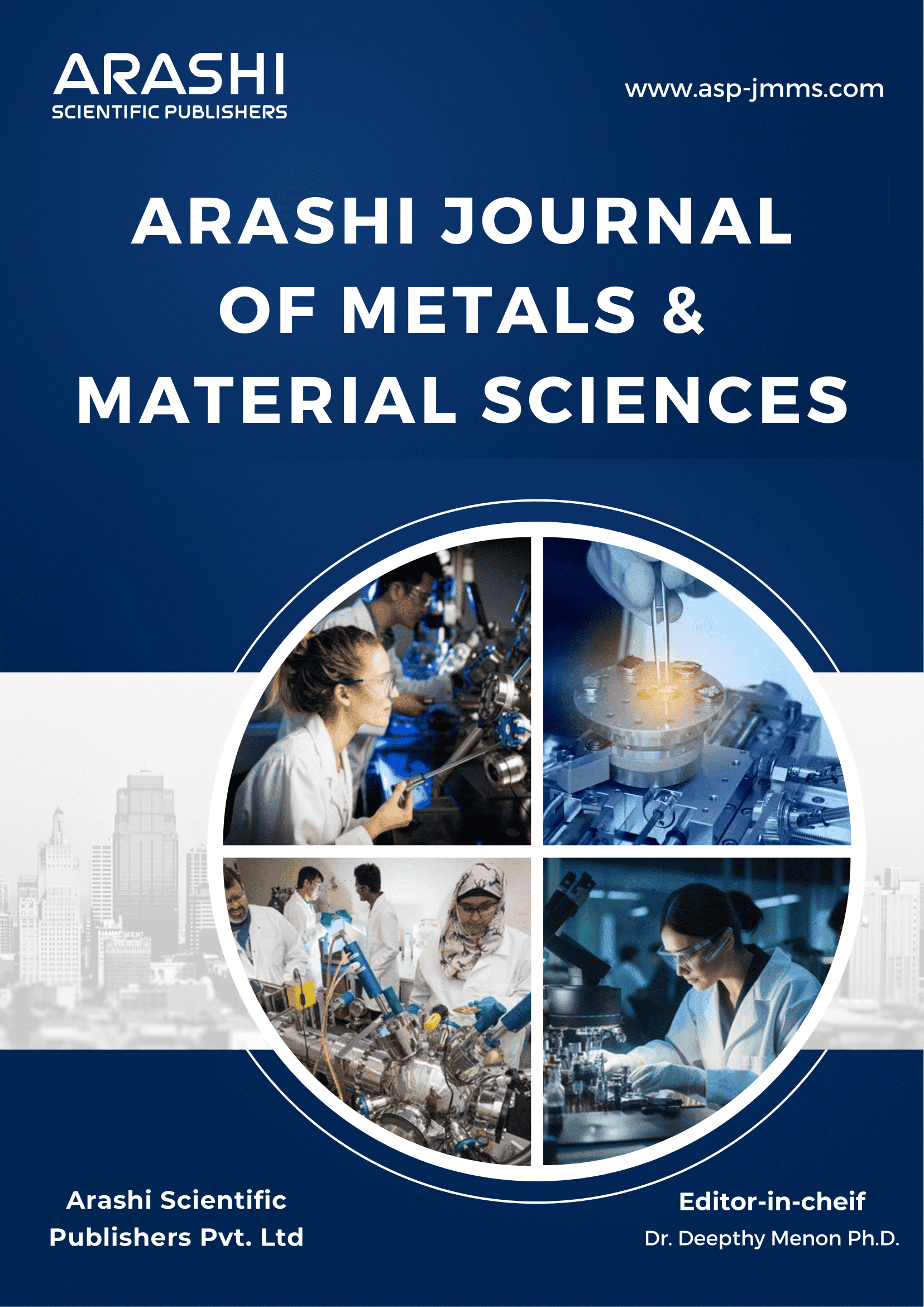Cover Image

-Photoroom.png)
Initial Evaluation by the Editor
The Editor will first assess whether the manuscript complies with the Author Submission Guidelines. Manuscripts may be rejected at this stage for the following reasons:
Manuscripts that meet the minimum criteria are forwarded to at least two experts for review. A double-blind review process is adopted, ensuring that both the reviewers and the authors remain anonymous throughout the process.
Selection of Peer Reviewers
Peer reviewers are selected based on their subject matter expertise relevant to the article, publication records, and institutional profiles. Additional criteria for selecting peer reviewers include:
Whenever possible, peer reviewers are matched to the manuscript according to their specialization. Our database of reviewers is constantly updated.
Peer Review Report
Reviewers are asked to evaluate the manuscript and provide their comments either within the manuscript or in a separate peer review report. Additionally, a reviewer form will be provided, where the overall rating of the manuscript must be filled in, along with a decision to accept or reject the manuscript.
Language correction is not part of the peer review process, but reviewers may suggest corrections if they wish.
Duration
The time required for the review process depends on the responses from the reviewers. If reviewer reports contradict each other or a report is unnecessarily delayed, a further expert opinion will be sought. Reviewer reports will be sent to the author, usually including verbatim comments from the reviewers.
Author’s Response to Review Reports
Authors are advised to carefully review the peer review reports and address all the comments made by the reviewers. Author replies should clearly explain the changes made in response to reviewer comments. If no changes are made, authors should provide a rationale for their decisions.
Post-Response Editor Evaluation
After the authors have responded to the review reports, the manuscript and the authors' responses are reviewed by the Editor. The Editor assesses whether the authors have adequately addressed the reviewers' comments and whether the manuscript now meets the journal's standards.
Possible Additional Review
In some cases, the Editor may seek additional input from the original reviewers or invite new reviewers to evaluate the revised manuscript and the authors' responses. This step ensures that the revisions have been thoroughly assessed and that the manuscript now meets the required scientific and editorial standards.
Final Decision
Based on the authors' responses and any additional reviewer feedback, the Editor makes the final decision regarding the manuscript. The possible outcomes are:
Communication with Authors
The final decision, along with any additional comments or recommendations from the Editor and reviewers, is communicated to the authors. If the manuscript is accepted, the authors will receive further instructions regarding the publication process. If revisions are required, detailed guidance will be provided to help the authors make the necessary changes.
Production and Publication
Once the manuscript is accepted, it moves into the production phase, where it undergoes copyediting, typesetting, and proofreading. The authors will have the opportunity to review the proofs before final publication. After these steps, the manuscript is published in the journal.